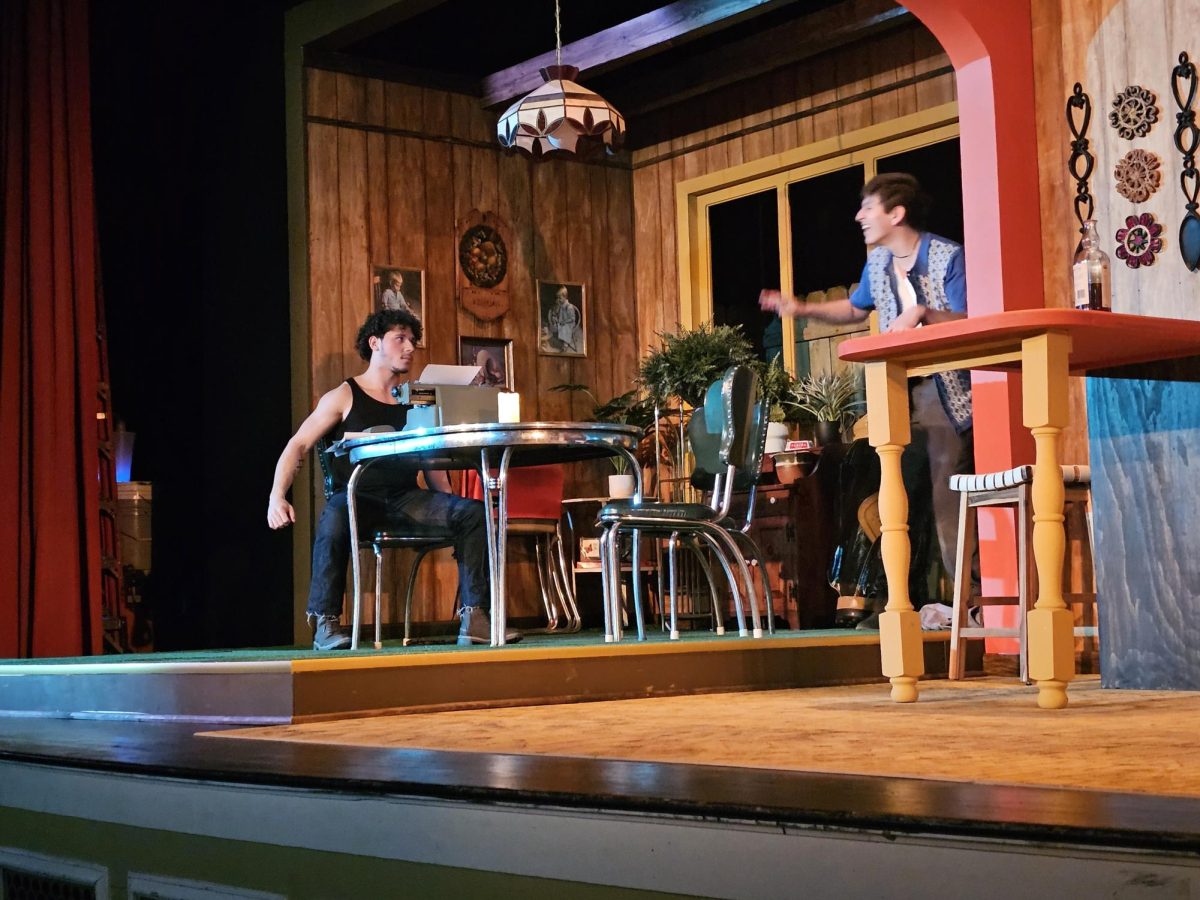By Acadia Otlowski
I have been following author John Green for quite some time on both Tumblr and Twitter, but it wasn’t until I finally picked up his book Paper Towns that I truly appreciated the amount of talent that goes into his work.
Not only is Green witty and funny, but his work displays an innate talent which can only be showcased in a full length work. Humor is interspersed between deep philosophical ideas, appealing to both the reader’s sense of humor and their intelligence.
Paper Towns begins with a description of an incident which changed both the main character of Quentin Jacobsen and his neighbor, Margo Roth Spiegelman. This incident comes when the two characters, both age nine, come across the corpse of Robert Joyner in the park where they usually play. This was a life changing incident for the two young people, creating a bond between the two that soon forgot they had.
The story flashes forward to years later, when the pair are both seniors in high school. They have grown apart, not speaking and only seeing each other from afar. Quentin, “Q”, admires Margo from a distance, who seems to be nothing less than perfect. Not only is she gorgeous, but she also has a fairly long lasting relationship with a jock named Jace.
When she finds out that Jace has been cheating on her, Margo shows up at Quentin’s window at midnight dressed in black and invites him on an adventure.
She informs him slowly throughout the night of her vengeance-fueled plan. These pranks involve exposing her cheating boyfriend to the school and planting smelly fish against others who she felt deserved it. The night culminates with the pair climbing up the SunTrust building and they survey the city. Margo calls the quiet suburb below a “paper town,” also saying it was “not even hard enough to be made of plastic.”
The night ends as the pair breaks into Sea World but face disappointment because none of the animals are out in their exhibits. They return to their homes around half an hour before school the next morning. Quentin expects to see Margo at school but she has gone missing.
As the school year draws to a close, Margo is still missing and Quentin begins to piece together clues about her whereabouts. He fears that she is dead and on the night of prom he spends his night in an abandoned mini-mall where he discovered she liked to spend a good deal of time. He gets a call late that night from his best friend Ben, who is at a prom after-party and is requesting Quentin as the designated driver.
There, Quentin uses the word “paper” to describe the happenings at the party. He calls them “paper kids” having “paper fun.” It is here in the story where Quentin has become jaded by his search for Margo and cannot enjoy the night.
On the day of graduation, Quentin finds a clue about Margo’s whereabouts. He and and a group of friends make a 19 hour non-stop journey from Florida to New York, in a fictional town called Agloe. The group surprises Margo, and she reacts negatively at first, pushing away those who came to find her.
But Quentin stays and the two kiss and talk. It is at this time that Quentin realizes that he loves Margo, but he believes in what Margo calls a “paper life” with a wife, good job and children. She invites him to travel with her, but he rejects her proposal and the two agree to meet up before he goes to college in the fall.
Paper Towns puts into perspective the lives that a majority of people have chosen, showing it for its mundane qualities. Margo rejects this reality vehemently and seeks something more in her life.
The book had a profound effect on my goals and the way I think about life. It made me confident that I was on the right course, because I am not going into a field that is mundane and I know that couldn’t stand to work at some desk job. There is a lot of truth in Green’s book in addition to the actual human aspects in the story. John Green’s Paper Towns is a story that touches its readers because of its humanity and its honesty about the human condition.




